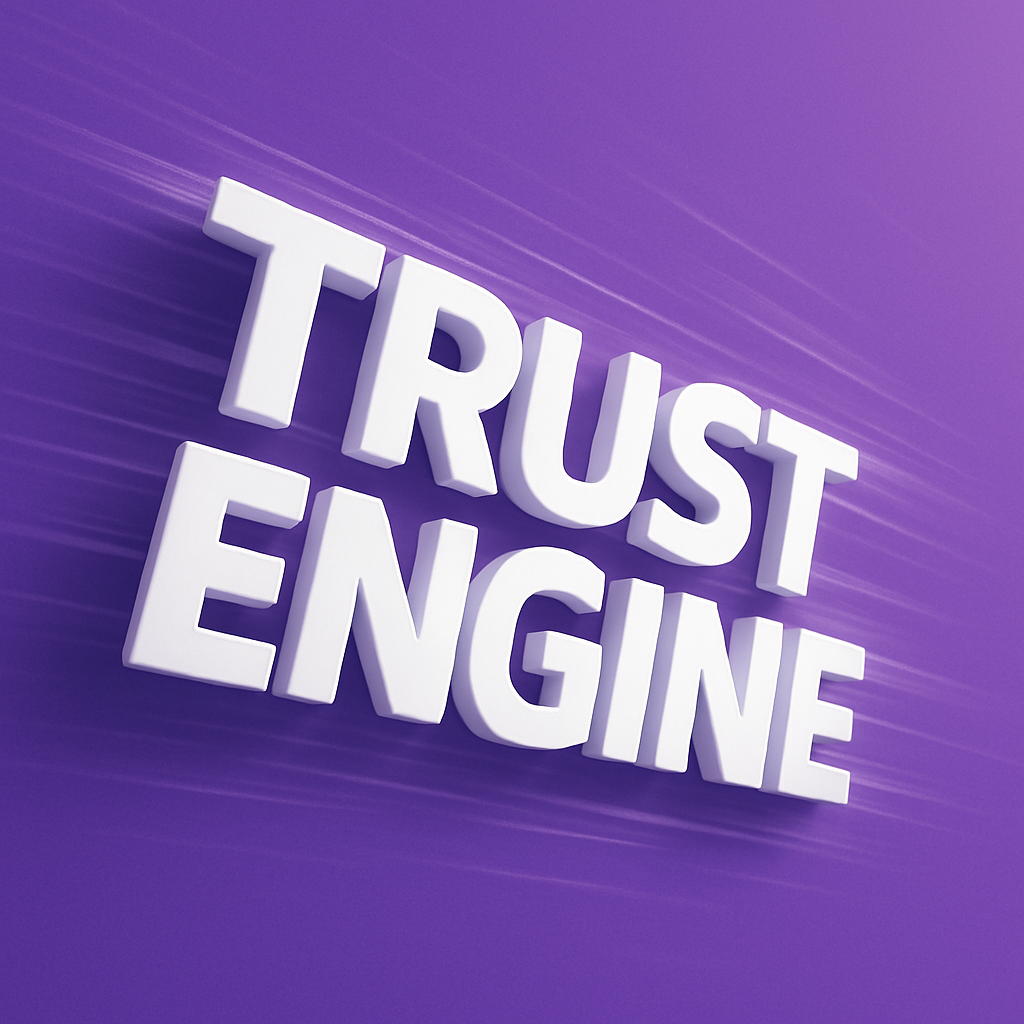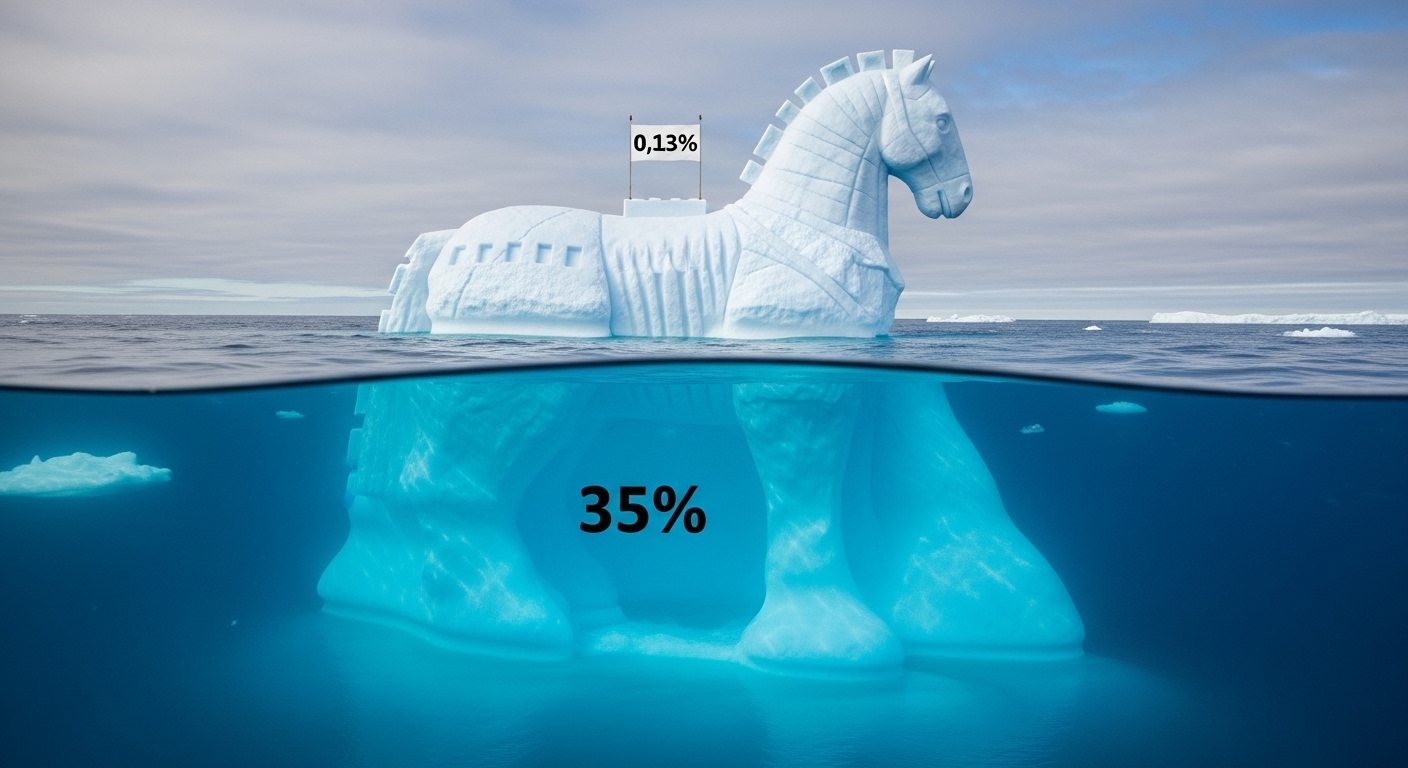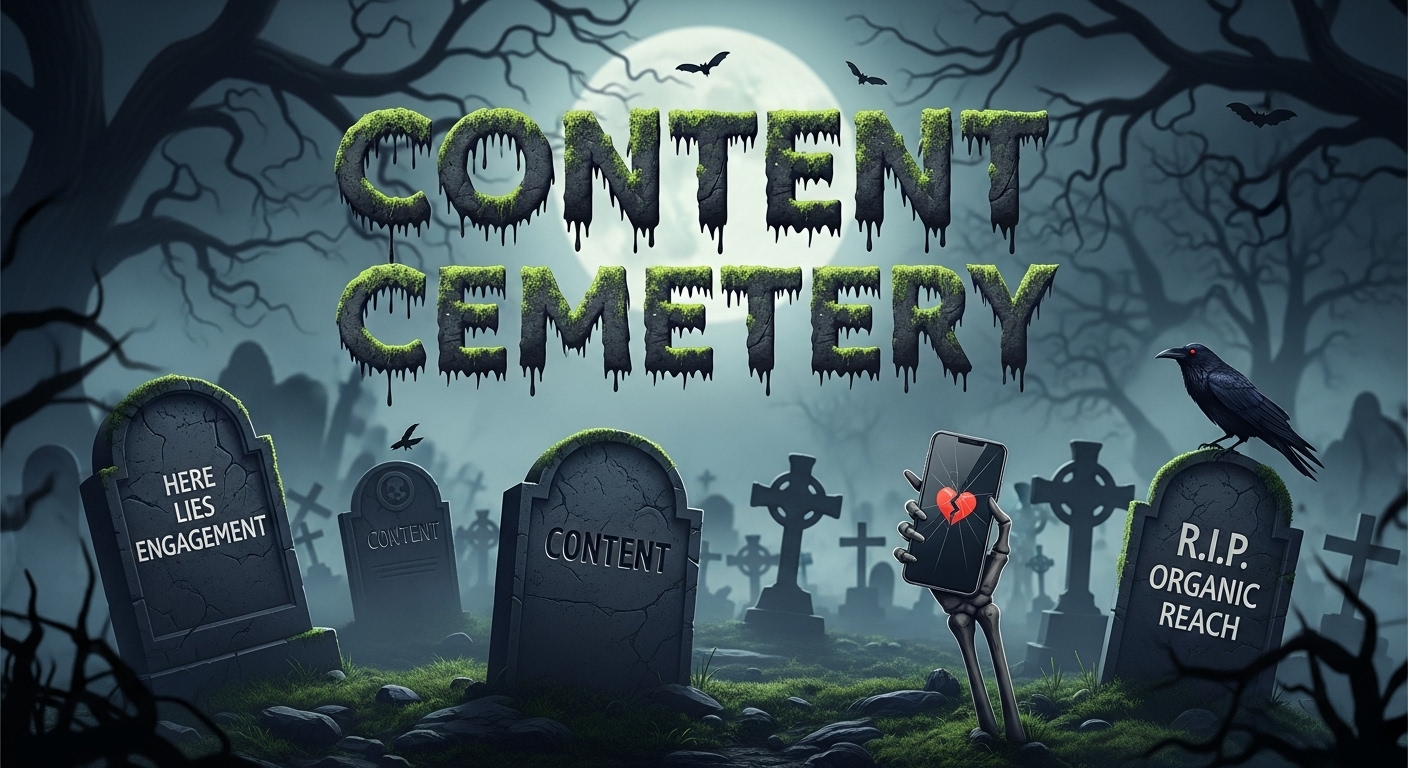
Unlock Content Alchemy with Leading and Lagging Indicators

In the world of content marketing, it’s easy to feel swamped by the endless sea of metrics available. How do you pinpoint the key indicators that truly drive business outcomes like brand awareness, lead generation and conversions?
The secret lies in distinguishing between leading indicators, which provide early signals on content performance, and lagging indicators, which confirm whether your efforts hit the mark. Understanding how these two types of metrics work in tandem can transform your approach to measuring content success and ensure your strategy aligns with long-term business goals.
Understanding Leading vs. Lagging Indicators
Leading indicators are your early warning system, offering real-time feedback on how your content is performing. Think of them as signposts—they guide you, allowing for strategic shifts while there’s still time to influence the outcome. These indicators reveal how your audience is engaging with your content, enabling you to make timely adjustments as needed.
In contrast, lagging indicators measure the final results of your content. They are the data points that confirm whether your efforts succeeded in driving key business metrics. While essential for evaluating long-term success, lagging indicators only appear once the content has run its course and the full impact is measurable.
Both leading and lagging indicators are vital for understanding content performance. Leading indicators guide you as your content is being consumed, and lagging indicators tell you whether it achieved the intended business outcomes.
The Importance of Both Leading and Lagging Indicators
Imagine your goal is to drive conversions—whether that’s signing up for a service, downloading a report or making a purchase—after readers engage with your content. If you focus solely on conversions (a lagging indicator), you won’t gain insights into your content’s performance until it’s too late to make changes. However, by tracking leading indicators such as page views, scroll depth and recirculation rate, you can gauge early on whether your audience is engaged and more likely to convert.
For instance, if you notice high page views but low scroll depth, it might indicate that people are landing on your content but aren’t finding it compelling enough to continue reading. If recirculation rates are low, it could suggest your content isn’t encouraging readers to explore more resources, meaning the path to conversion might be unclear. Tracking these leading indicators gives you the chance to refine your content in real time to boost performance, rather than waiting until after you’ve missed your opportunity to convert your audience.
By adopting a dynamic approach that leverages leading indicators for real-time decision-making and lagging indicators for comprehensive evaluation, you ensure that your content marketing strategy remains adaptable and responsive to audience needs.
Leading Indicators: Your Early Warning System
Leading indicators provide an early understanding of how your audience is interacting with your content. Here are some examples of key leading indicators:
- Time on Page: How long are people sticking around? If users are spending more time on your content, they’re likely engaging and finding it valuable. High time on page often signals increased brand awareness or consideration.
- Scroll Depth: Scroll depth shows how far down the page visitors are going. If audiences aren’t scrolling beyond the first third of an article, it may indicate that the content isn’t engaging enough. Consider revising the structure or improving the storytelling to maintain interest and improve brand perception.
- Email Signups: A high number of email subscriptions is a strong leading indicator of brand consideration and potential conversions. If your content encourages readers to subscribe for more updates, you’re successfully building relationships that may lead to future conversions.
- Recirculation: High recirculation (clicks to more pages) or page views per visit signals continued interest. It tells you that users are ready to take the next step—whether that’s reading another article or exploring your product pages. This is often a precursor to conversions.
These metrics allow you to get a real-time pulse on how your content is performing. Low engagement? Adjust quickly. High engagement? Lean into what’s working.
Lagging Indicators: Measuring the Success of Your Content
Lagging indicators, on the other hand, tell you whether your content ultimately delivered on your goals. Below are some examples of key lagging indicators:
- Conversion Rates: Conversion rates show whether your content led to the desired actions, such as signing up for a service or making a purchase. High conversion rates confirm that your content successfully persuaded readers to take meaningful action.
- Lead Generation: If your objective was to drive new leads, the total number of qualified leads is a clear lagging indicator of your content’s effectiveness.
- Brand Sentiment: Measuring how people feel about your brand after interacting with your content is essential for understanding its long-term impact. Tools like Knotch One enable you to conduct real-time sentiment analysis on content pages, helping you identify the content that boosts brand value.
How to Use Leading and Lagging Indicators Together for Maximum Impact
The magic happens when you use both leading and lagging indicators strategically. Here’s how you can get the most out of both:
- Set Clear, Measurable Goals: Know what you want to achieve with each piece of content. Are you driving brand awareness, generating leads or pushing for conversions? Setting clear goals will guide you in selecting the most relevant leading and lagging indicators.
- Monitor Leading Indicators Regularly: Don’t wait for lagging indicators to tell you how your content is doing. Track leading indicators early on to identify patterns and adjust quickly. For instance, if scroll depth is lower than expected, consider making adjustments such as enhancing the content’s introduction, reorganizing the layout, or rethinking the key messages to increase engagement.
- Establish Benchmarks: Leading indicators are most useful when you know what “good” looks like. Establish benchmarks based on past performance or industry standards. If your typical scroll depth is 50%, and this new content is only hitting 20%, it’s time to troubleshoot.
- Make Data-Driven Adjustments: If your content isn’t hitting the engagement benchmarks you set, consider small but impactful changes such as reworking your headline, enhancing visuals, or tweaking the CTA placement.
- Evaluate and Refine with Lagging Indicators: After your content has been in the market long enough, assess its success using lagging indicators. Did your content drive conversions, increase brand awareness, or boost revenue? Use this data to refine your strategy moving forward, focusing on what worked and eliminating what didn’t.
In the end, the best content strategies are data-informed and flexible, using real-time insights to improve along the way while consistently measuring long-term impact. By doing so, you’re not just creating content—you’re building a strategy that aligns with your business goals.
If you’re interested in exploring how to create a measurement framework that effectively tracks leading and lagging indicators, the Knotch team is here to help.

Published: 11/10/2024
Become a thought leader
Become a thought leader
Trusted by the largest (and now smartest) brands in the world.
“Before Knotch we did not understand what content was driving business results. Now we understand which content moves the needle. Knotch’s cohesive reporting and insights paint a real picture of what’s happening on our website instead of the patchwork quilt that comes from a Google Analytics approach. With Knotch we have been able to re-prioritize ad spend, route better leads to our SDR team, and inform our content development initiatives.”

"The Knotch platform ensures that we deliver high-performing content tailored to young home shoppers, enhancing their experience and driving better business outcomes.”

"Our partnership with Knotch has been highly successful, empowering us to leverage data-driven insights and refine our content strategy.”









